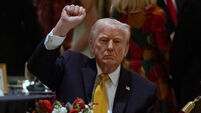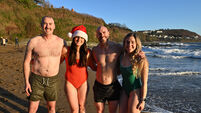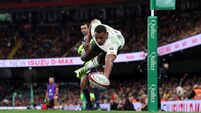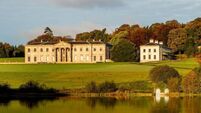Doctor who worked on JFK whispers his one regret
The shrieks of Parkland Memorial Hospital have run through all the hallways and rooms and arenas of all the years, softening now, diminishing, but burrowing into the wind and reaching the unwilling consciousness of Dr Malcolm Perry.
He was working on John F Kennedy’s heart when he died in Parkland Hospital on the autumn day in 1963.














